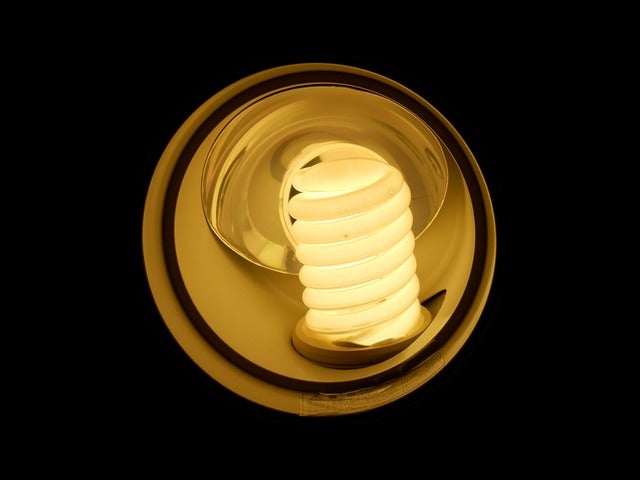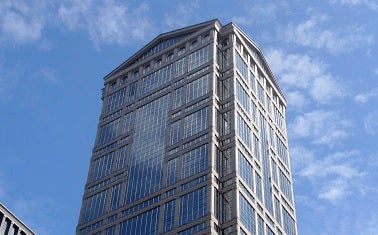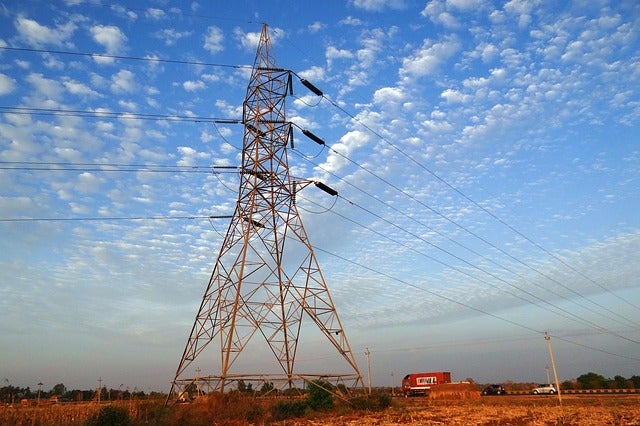By: Inês Azevedo, Kenneth Gillingham, David Rapson, and Gernot Wagner.
 Lighting is critical to our livelihoods. Humans have used lighting technology since long before industrialization. For many centuries, this lighting was extremely inefficient, with over 95% of the energy consumed wasted as heat. Recently, the Nobel Prize in Physics was awarded to Isamu Akasaki, Hiroshi Amano and Shuji Nakamura for their remarkable contributions towards highly efficient light emitting diode (LED) technology. A day later, Michael Shellenberger and Ted Nordhaus reignited a long standing debate with an Op-Ed inThe New York Times claiming that these developments are not likely to save energy and instead may backfire. (TheTimes has since corrected a crucial point of the article, and it has published three letters to the editor, including one by a subset of co-authors here.)
Lighting is critical to our livelihoods. Humans have used lighting technology since long before industrialization. For many centuries, this lighting was extremely inefficient, with over 95% of the energy consumed wasted as heat. Recently, the Nobel Prize in Physics was awarded to Isamu Akasaki, Hiroshi Amano and Shuji Nakamura for their remarkable contributions towards highly efficient light emitting diode (LED) technology. A day later, Michael Shellenberger and Ted Nordhaus reignited a long standing debate with an Op-Ed inThe New York Times claiming that these developments are not likely to save energy and instead may backfire. (TheTimes has since corrected a crucial point of the article, and it has published three letters to the editor, including one by a subset of co-authors here.)
As evidence for these claims, Shellenberger and Nordhaus cite research that observes the vast improvements in the efficiency of lighting over the past two centuries having resulted in “more and more of the planet [being] dotted with clusters of lights.” They take this as evidence of how newer and ever more efficient lighting technologies have led to demand increases and, thus, have “led to more overall energy consumption.” Further, they refer to “recent estimates and case studies” that suggest “energy-saving technologies may backfire, meaning that increased energy consumption associated with lower energy costs because of higher efficiency may in fact result in higher energy consumption than there would have been without those technologies.” Read More




